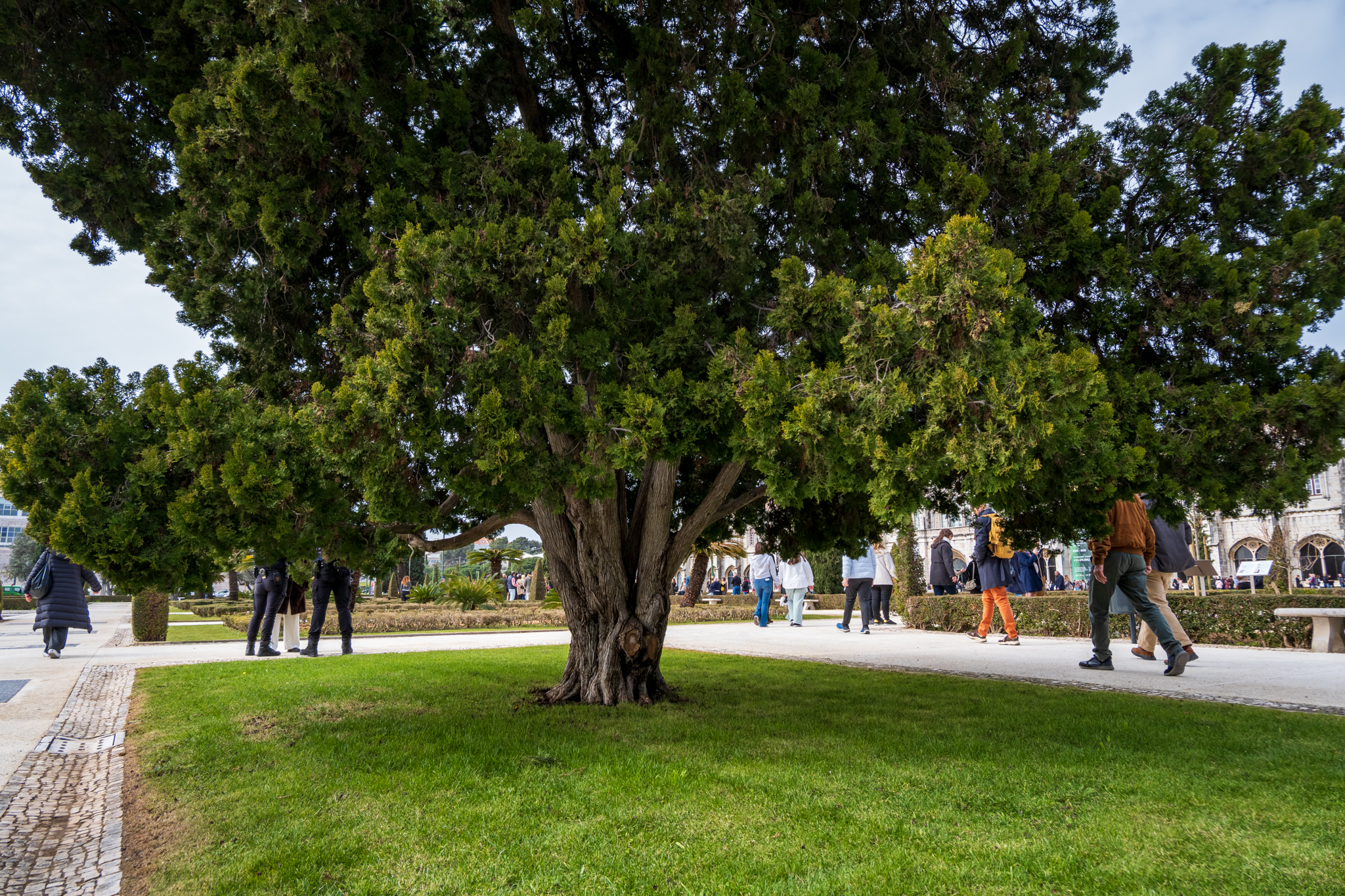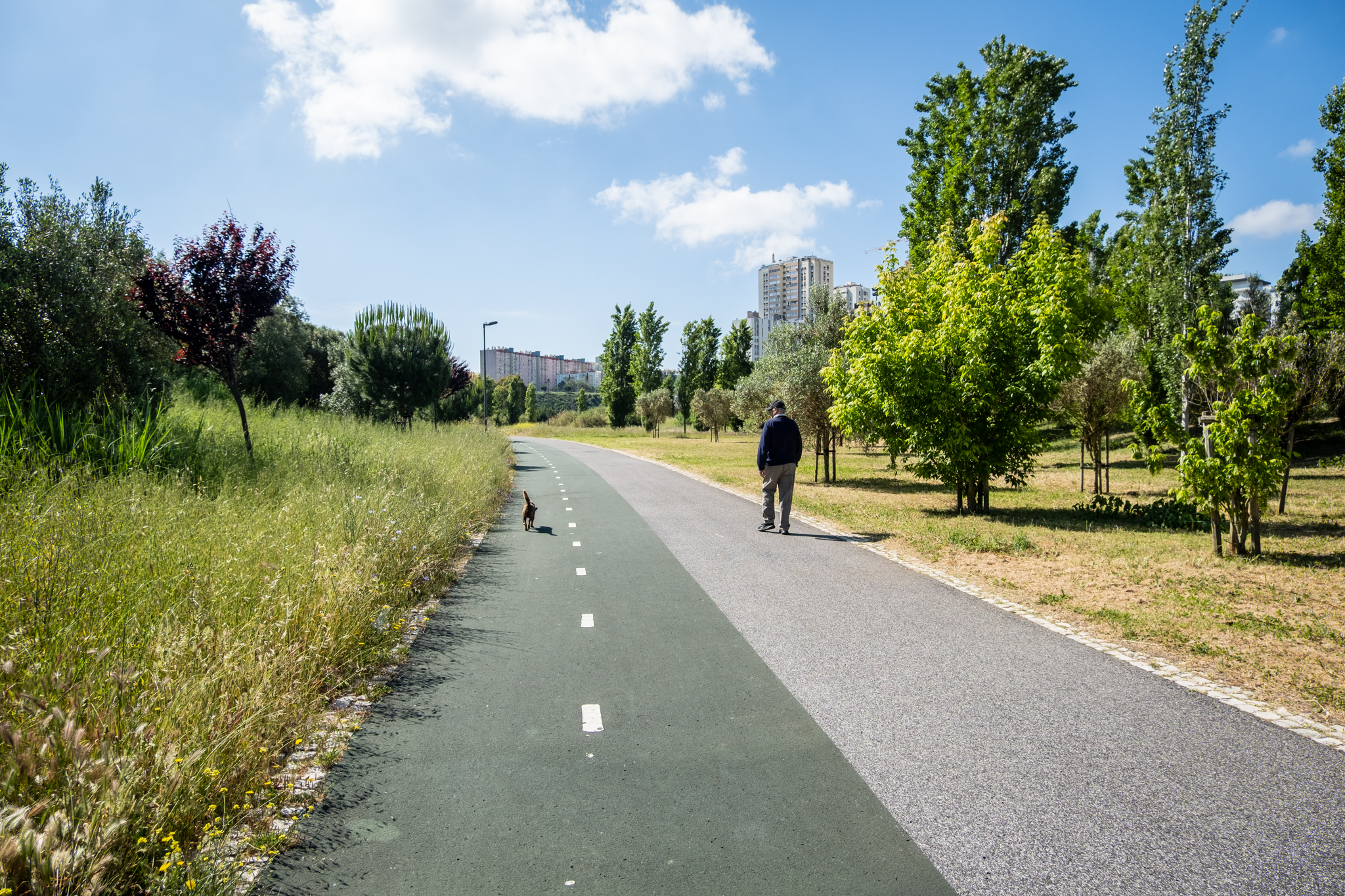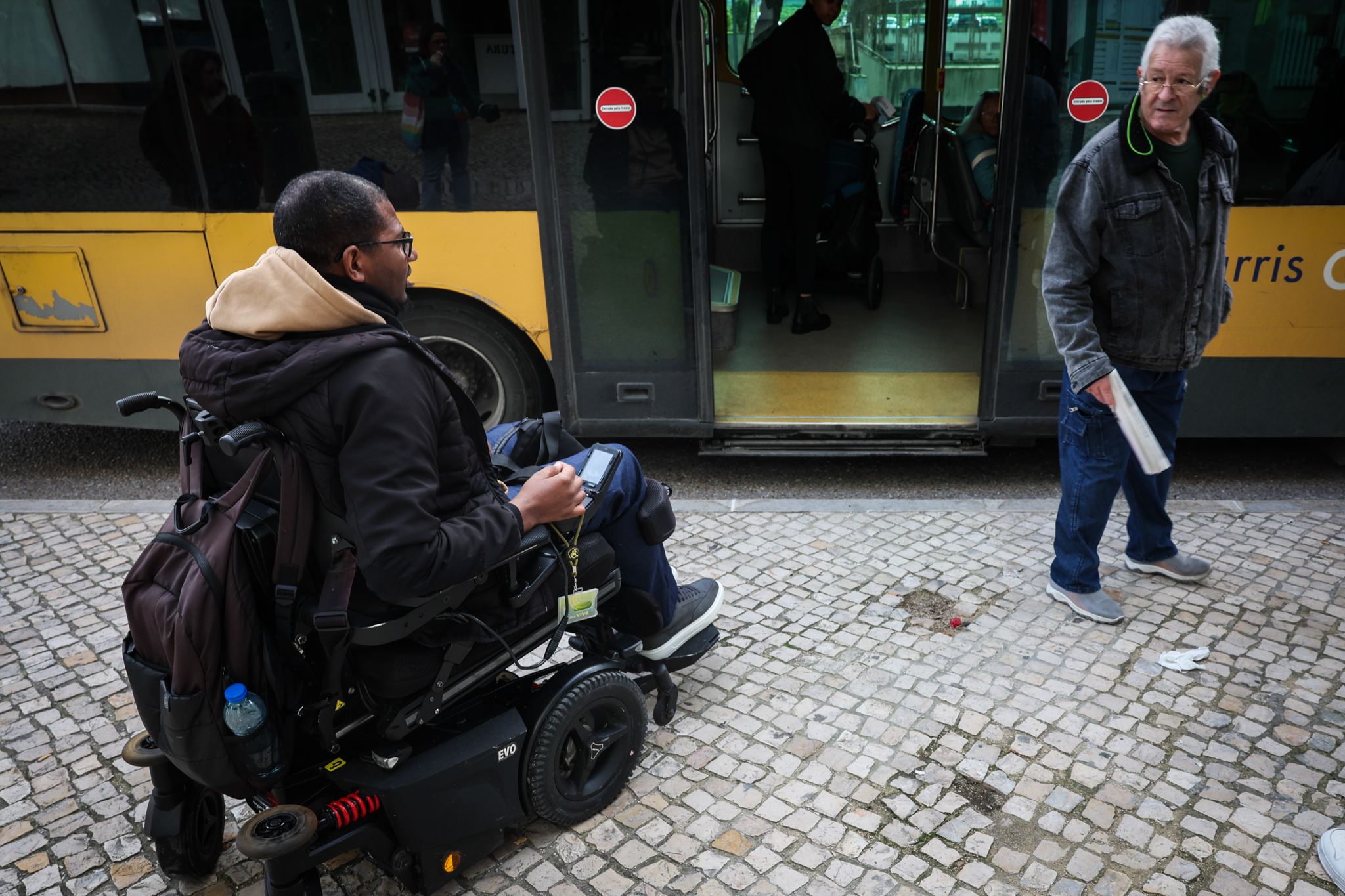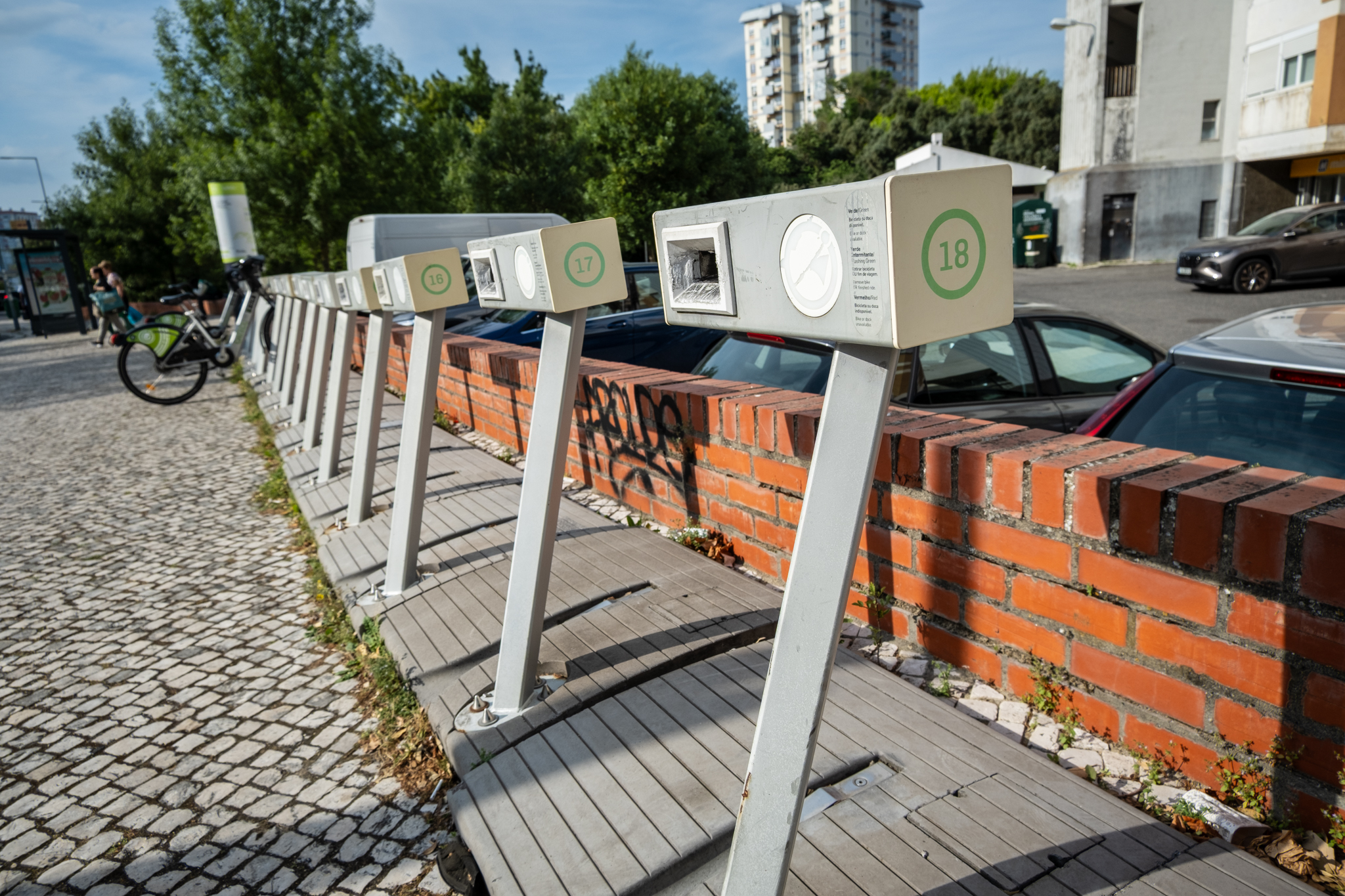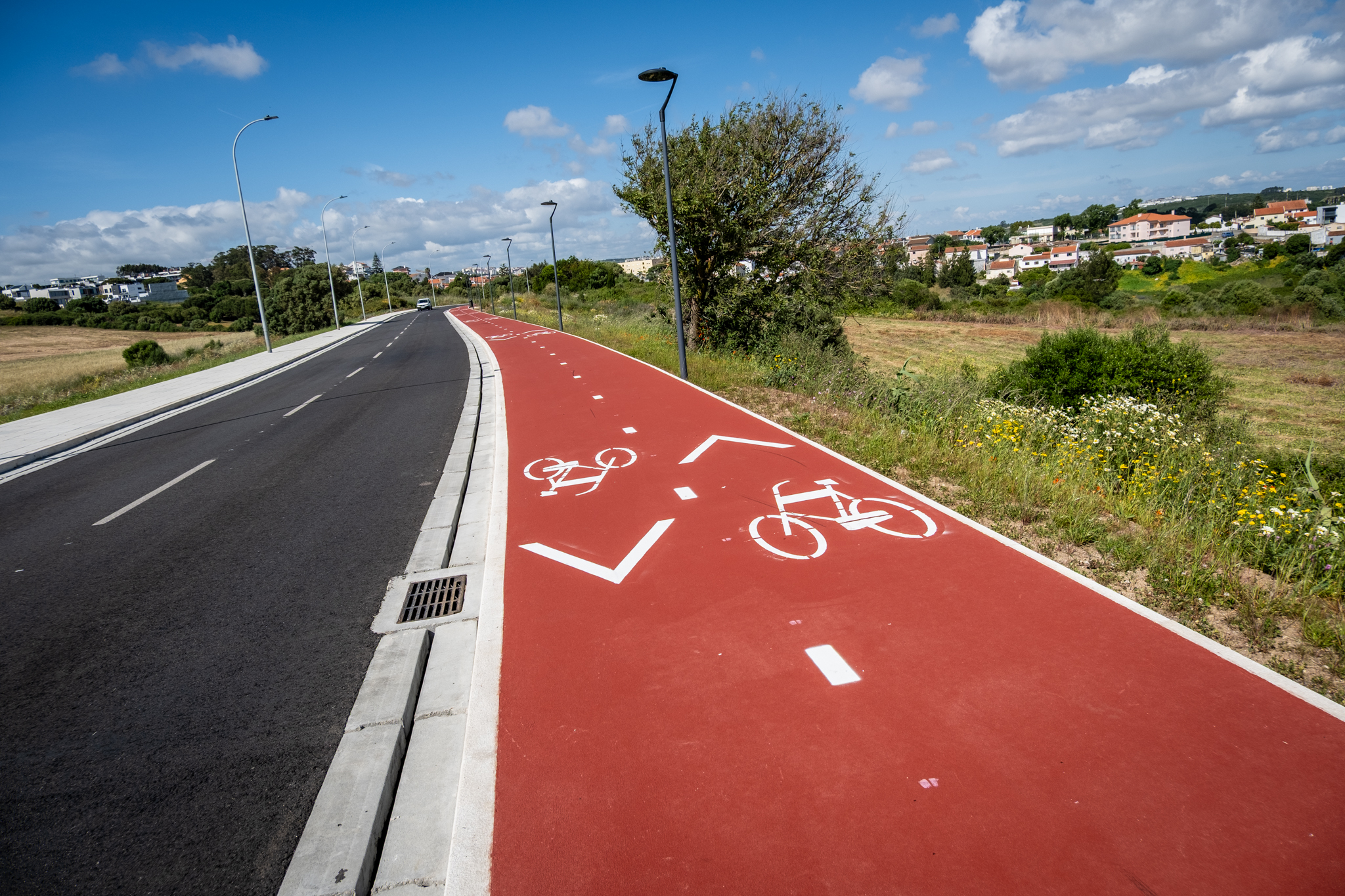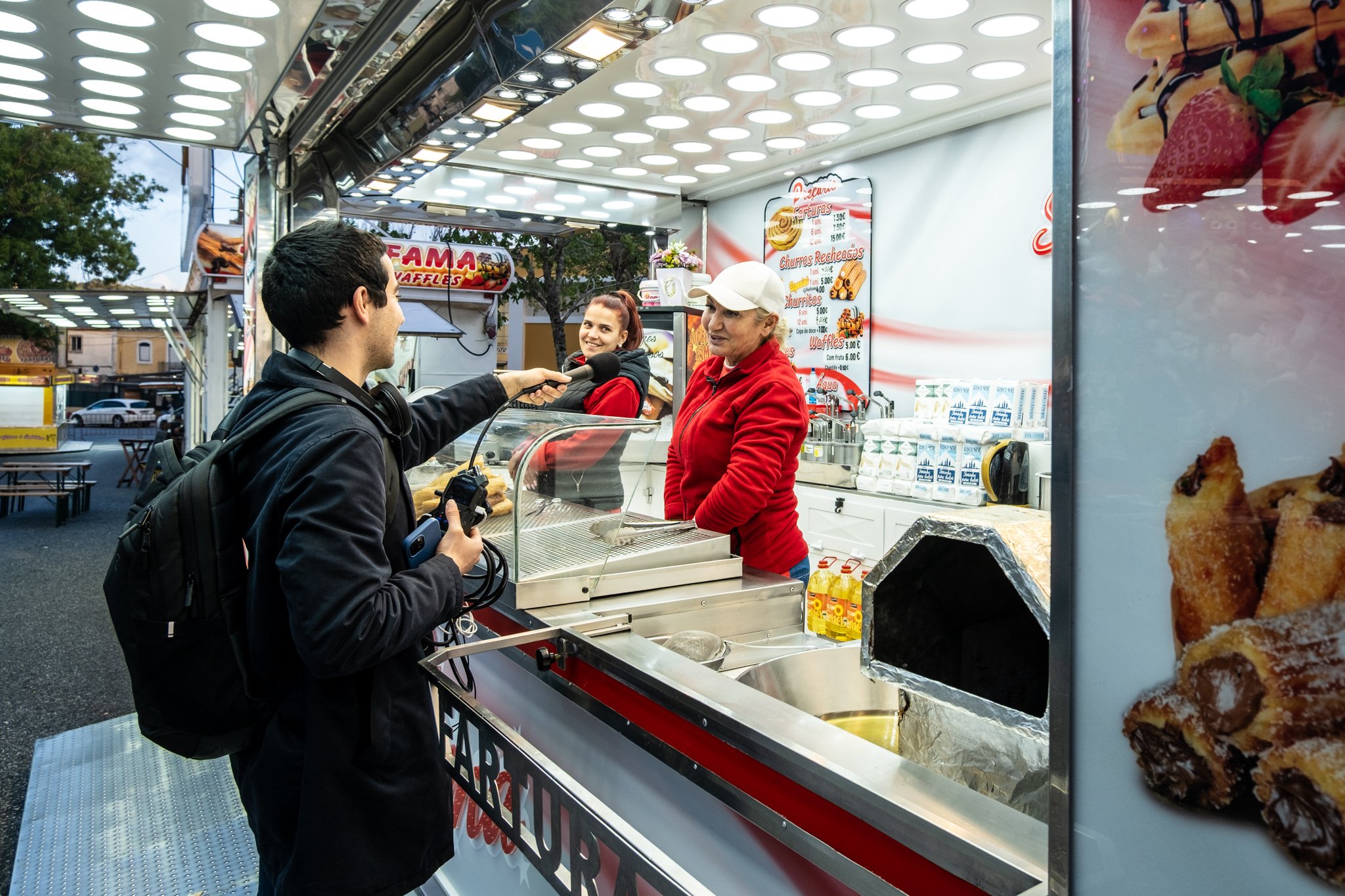The garden at Praça do Império was renovated and re-inaugurated with pomp and circumstance. The coats of arms remained, now on sidewalks.
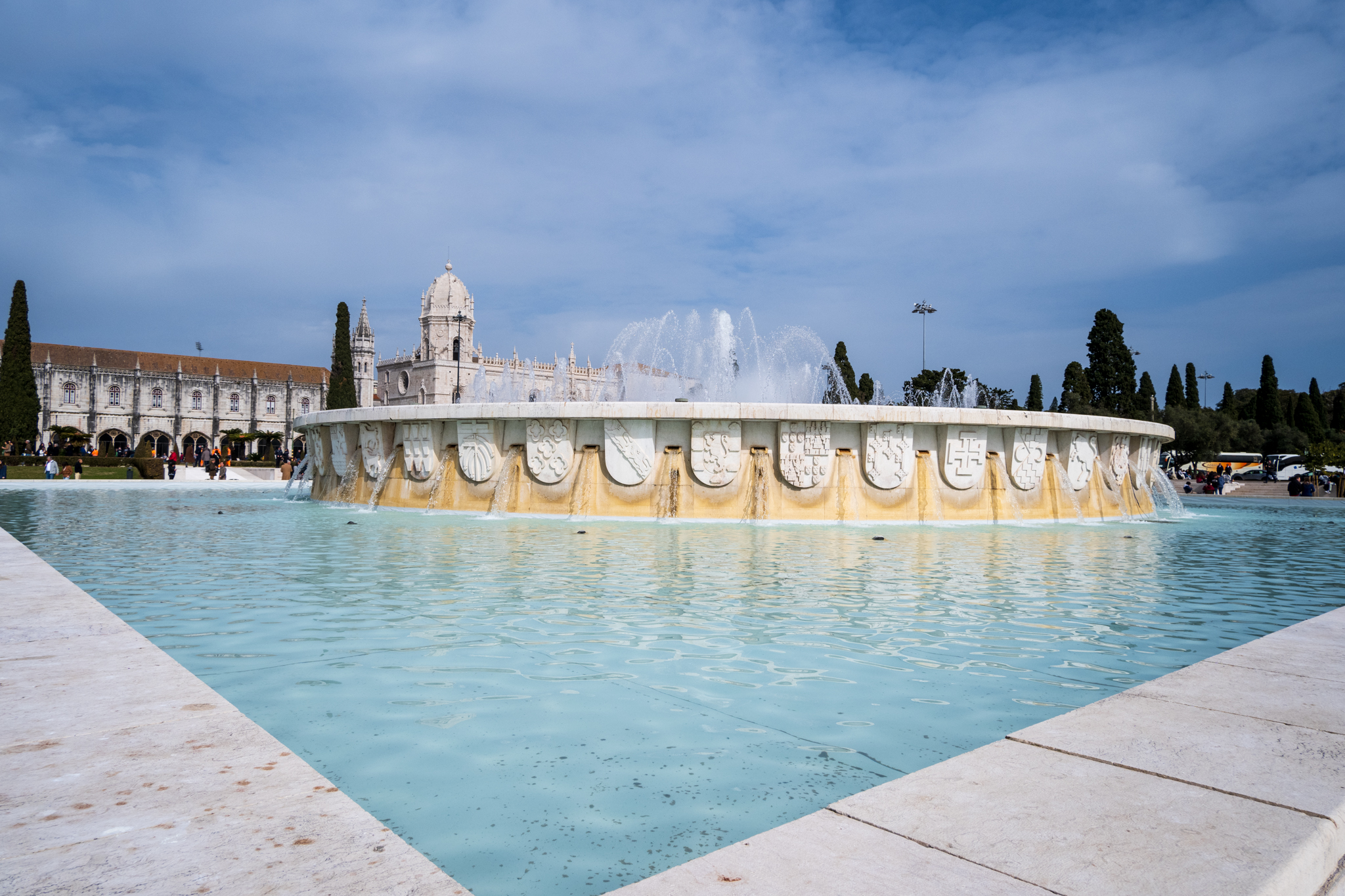
The siding that surrounded Praça do Império, in Belém, began to be removed in early February and was replaced by railings, ribbons and the watchful eye of two members of the Municipal Police. The garden of Praça do Império has been requalified - a controversial work because of the coats of arms. The inauguration took place on February 14.
During the morning, final preparations were made. The police force was reinforced, an area adjacent to the garden was reserved for the parking of official vehicles and last-minute inspections were carried out to ensure that everything was as it should be: impeccable. At midday, the political entourage arrived. The Mayor of Lisbon, Carlos Moedas, was accompanied by the President of the Republic, Marcelo Rebelo de Sousa, and also by the President of the Belém Parish Council, Fernando Ribeiro Rosa. Three presidents, and their teams, to inaugurate a garden in Lisbon. They were joined by a number of Lisbon City Councilors, municipal directors and other Junta Presidents of the same political color as Marcelo.
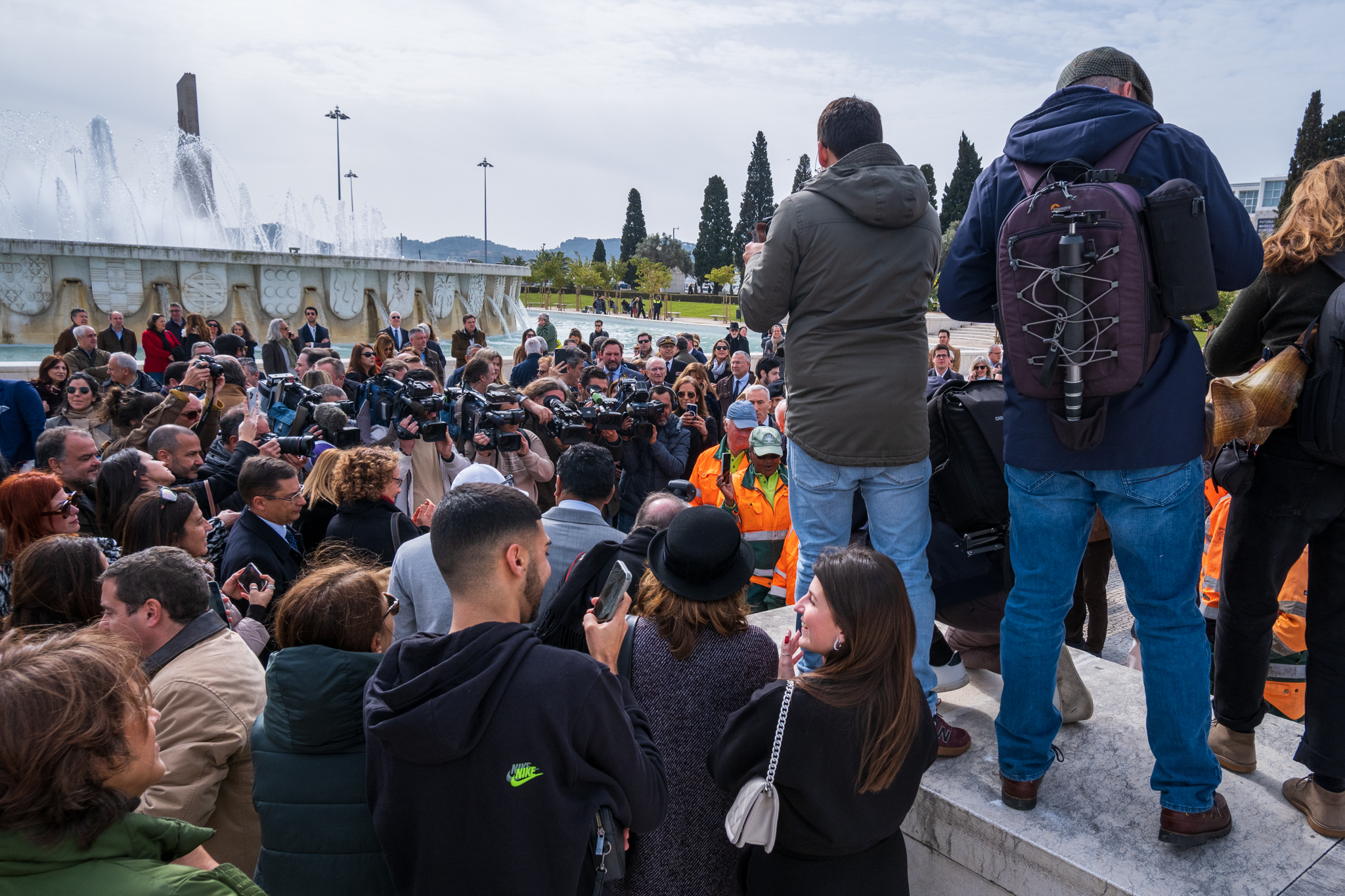
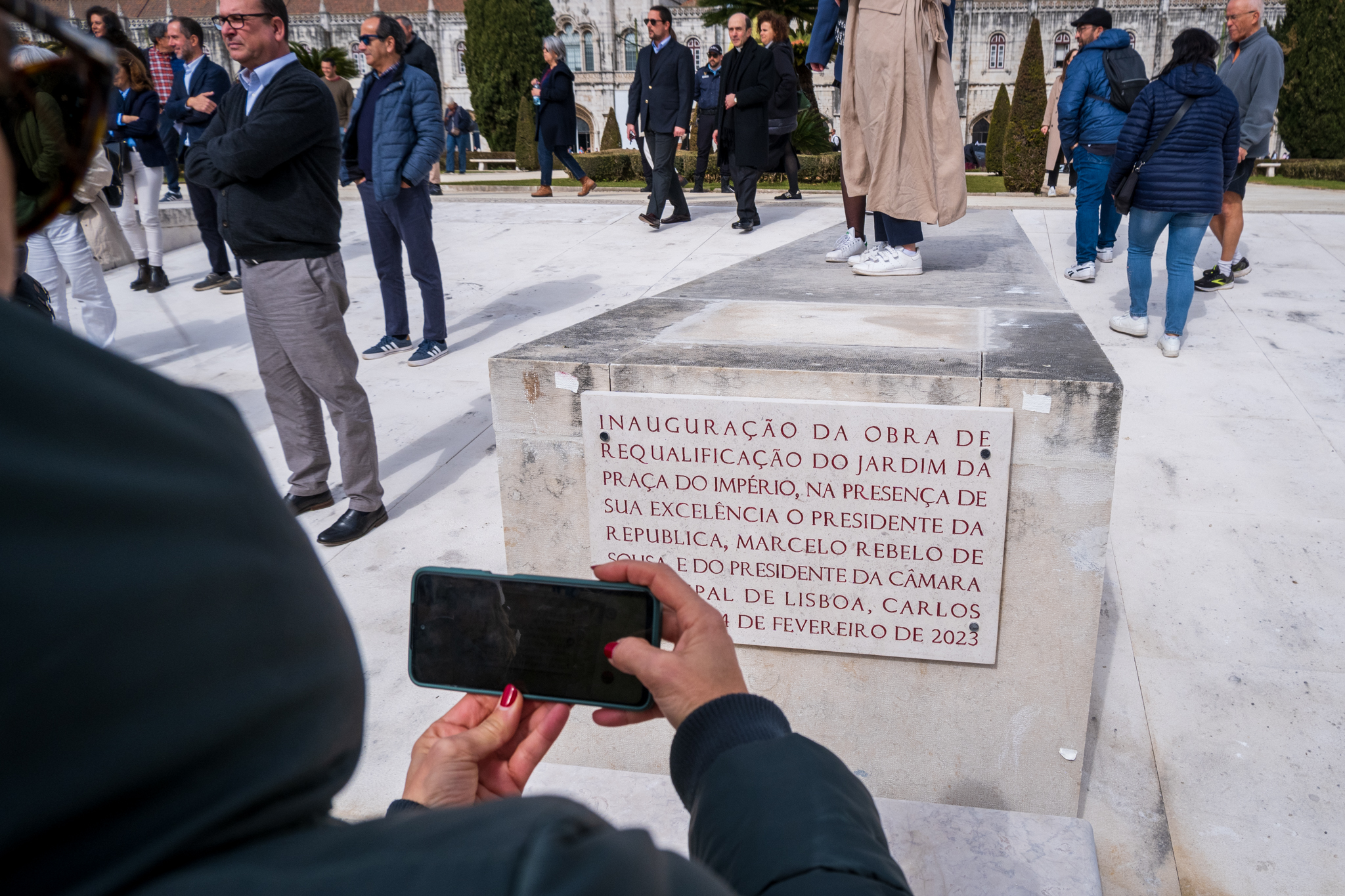
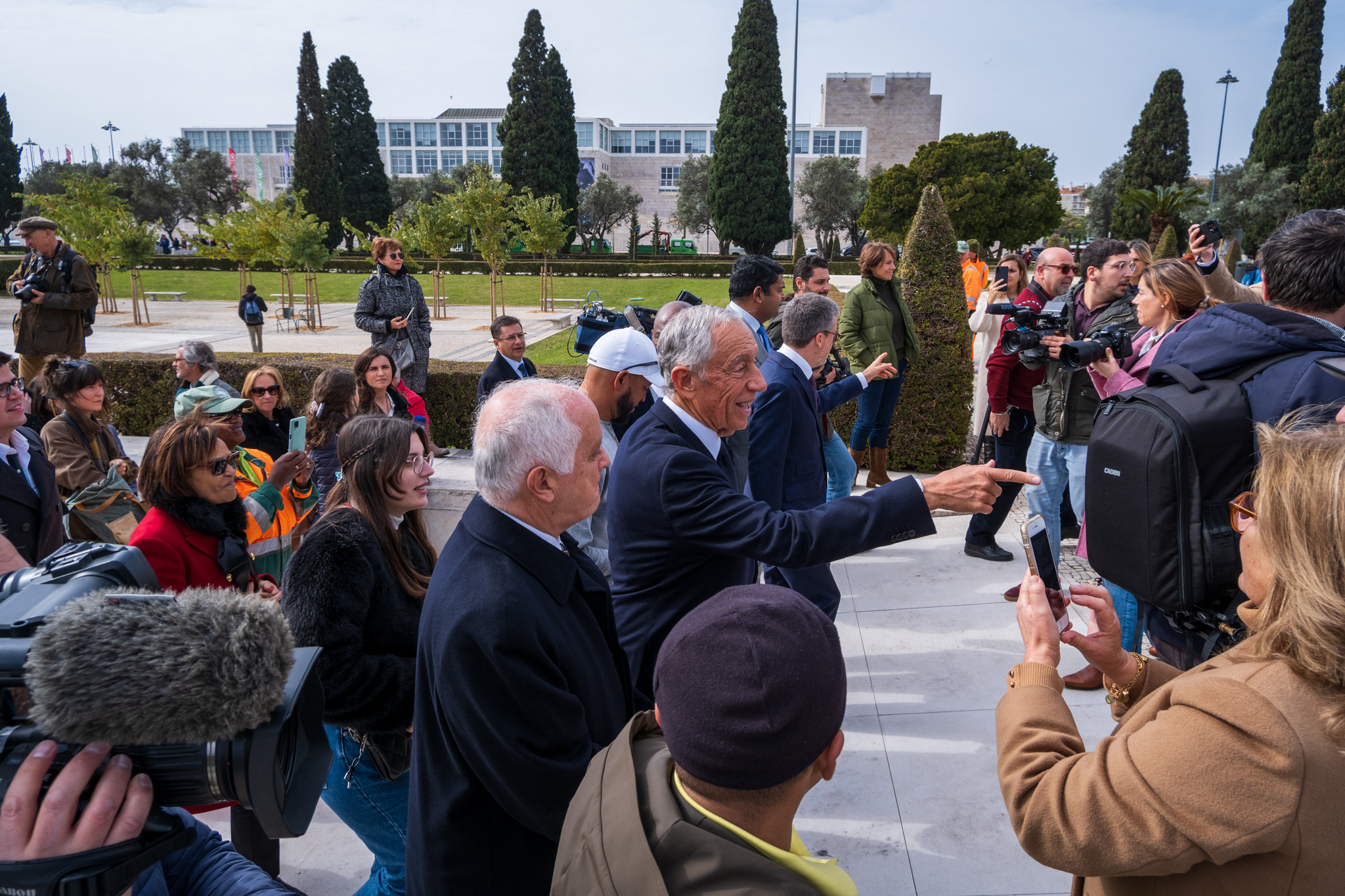
Recovering the original concept of this historic garden, designed by the architect Cottinelli Telmo, was the main purpose of the intervention. The 1940 design features were taken over: the exact geometry based on the original square was maintained, accessibility to the central tank and the coats of arms carved on the Monumental Fountain were restored, and the four sets of low trees were replanted at the level of the tank.
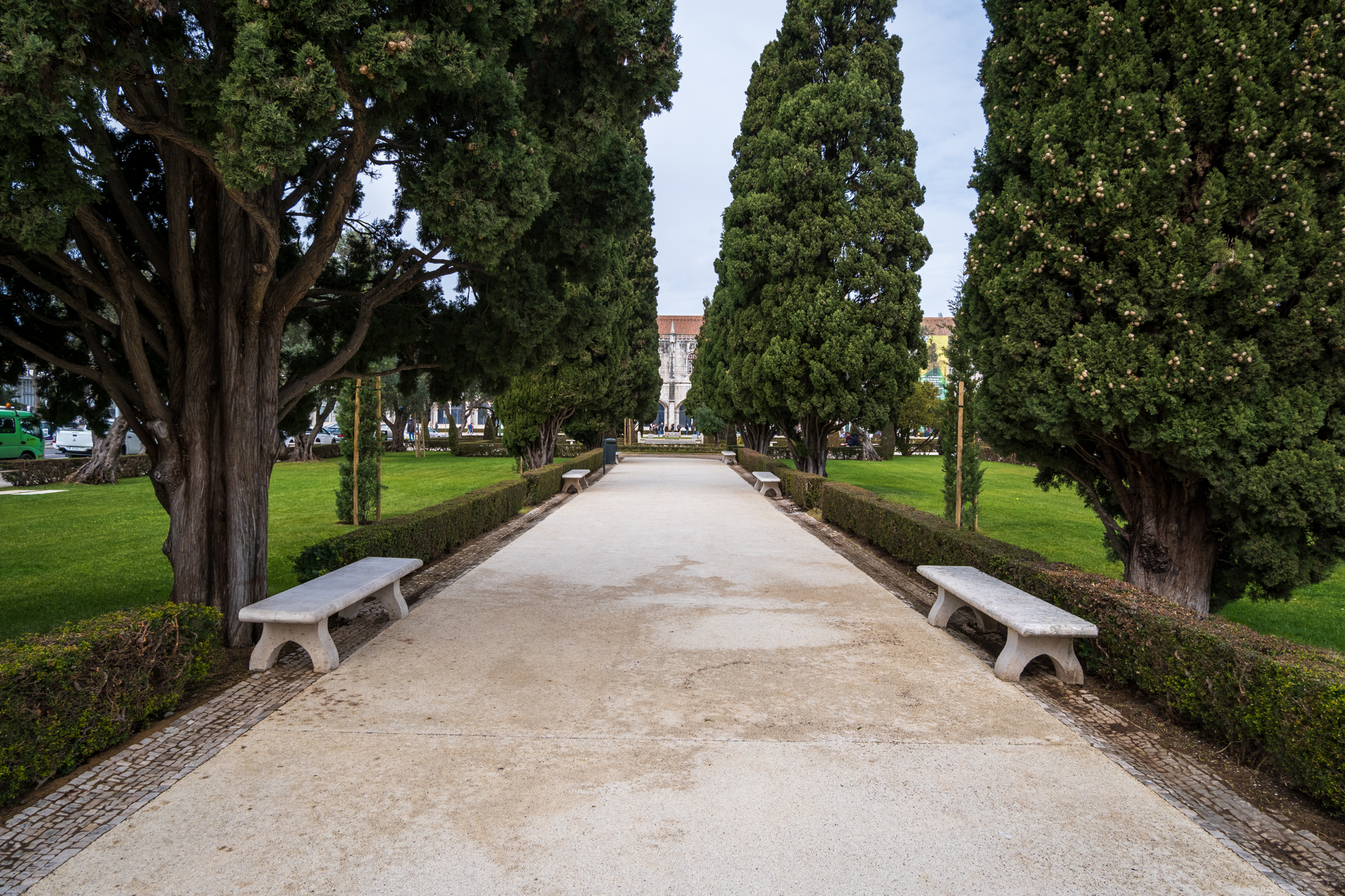
The requalification of the Praça do Império Garden was started in 2021 and retains the controversial coats of arms representing the 30 district capitals of Portugal and the former overseas provinces, and the shields of the Order of Avis and the Order of Christ. Lisbon City Hall's initial idea was to remove these elements, but a popular petition helped pressure the municipality to go back on its decision. Thus, the coats of arms that were drawn on bushes in the Garden were included in the specifications for the work and integrated into the landscape architecture project by the ACB office, which proposed placing the coats of arms on the sidewalk.
Originally, the Praça do Império Garden was a project by the Portuguese architect and filmmaker Cottinelli Telmo and dates from 1940, the year in which the area now known as Belém hosted the Portuguese World Exhibition. The coats of arms, now preserved in paving - easier to maintain than the previous shrubbery - were only added to the Garden in 1960/61.
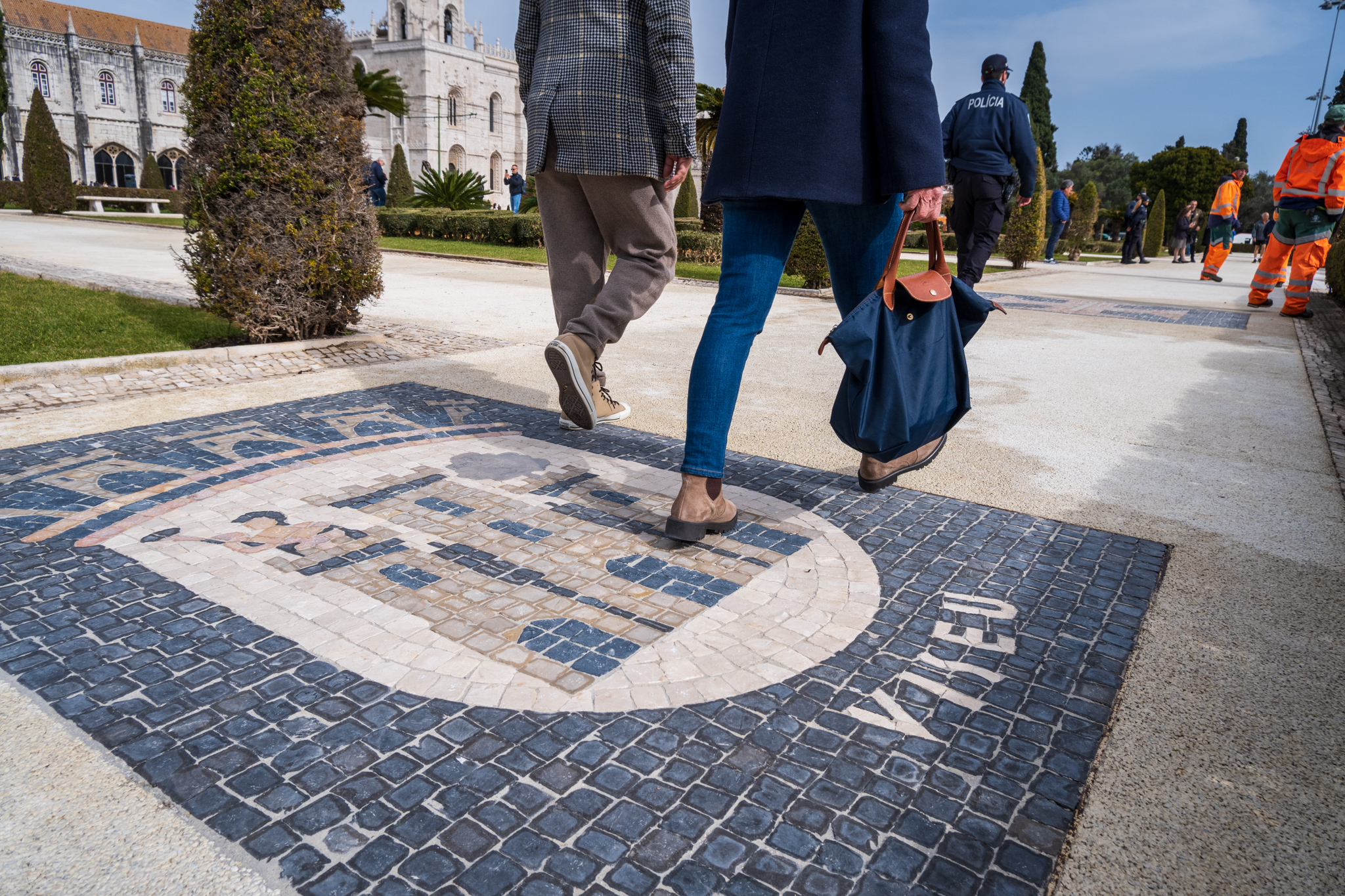
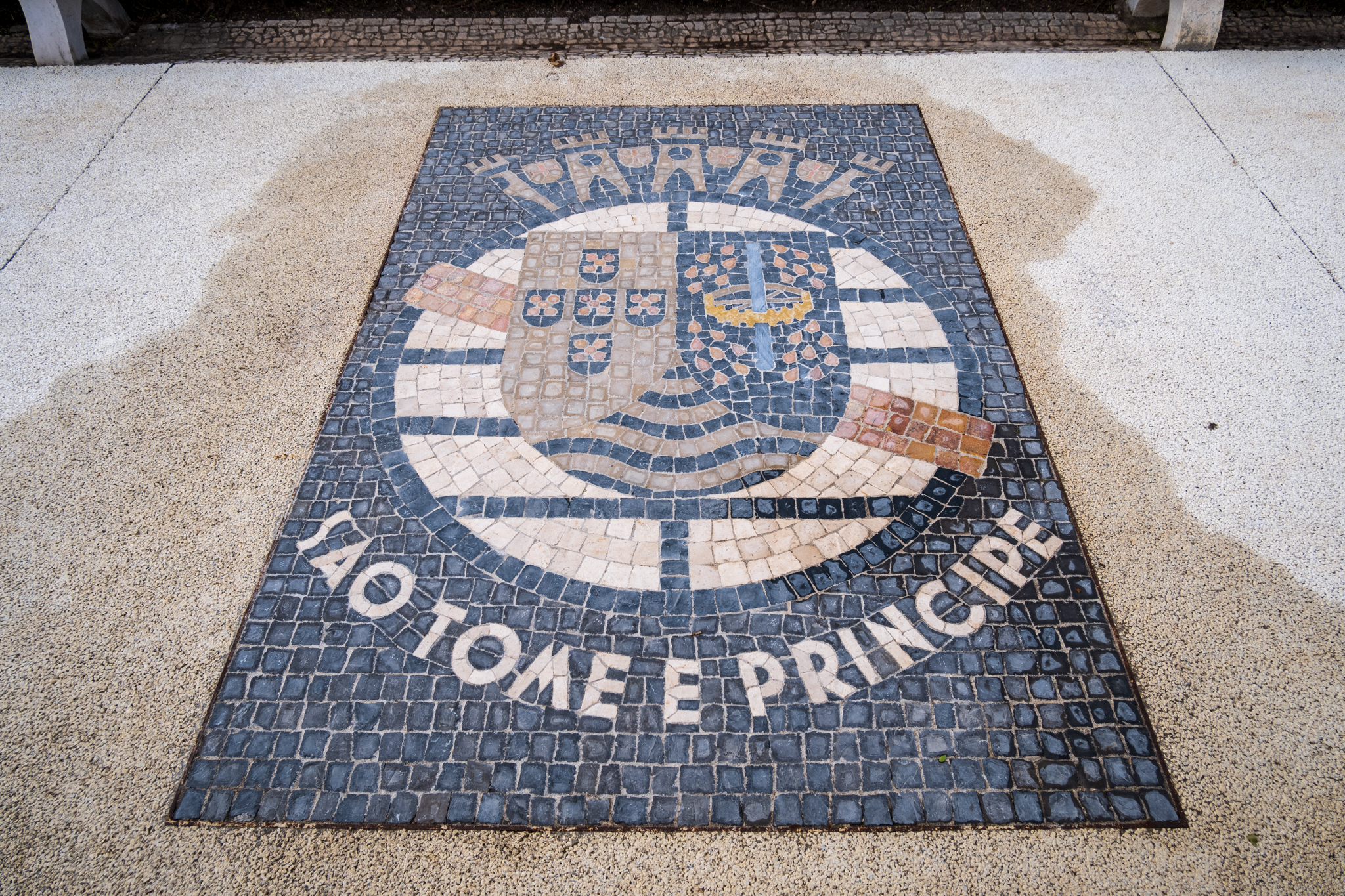
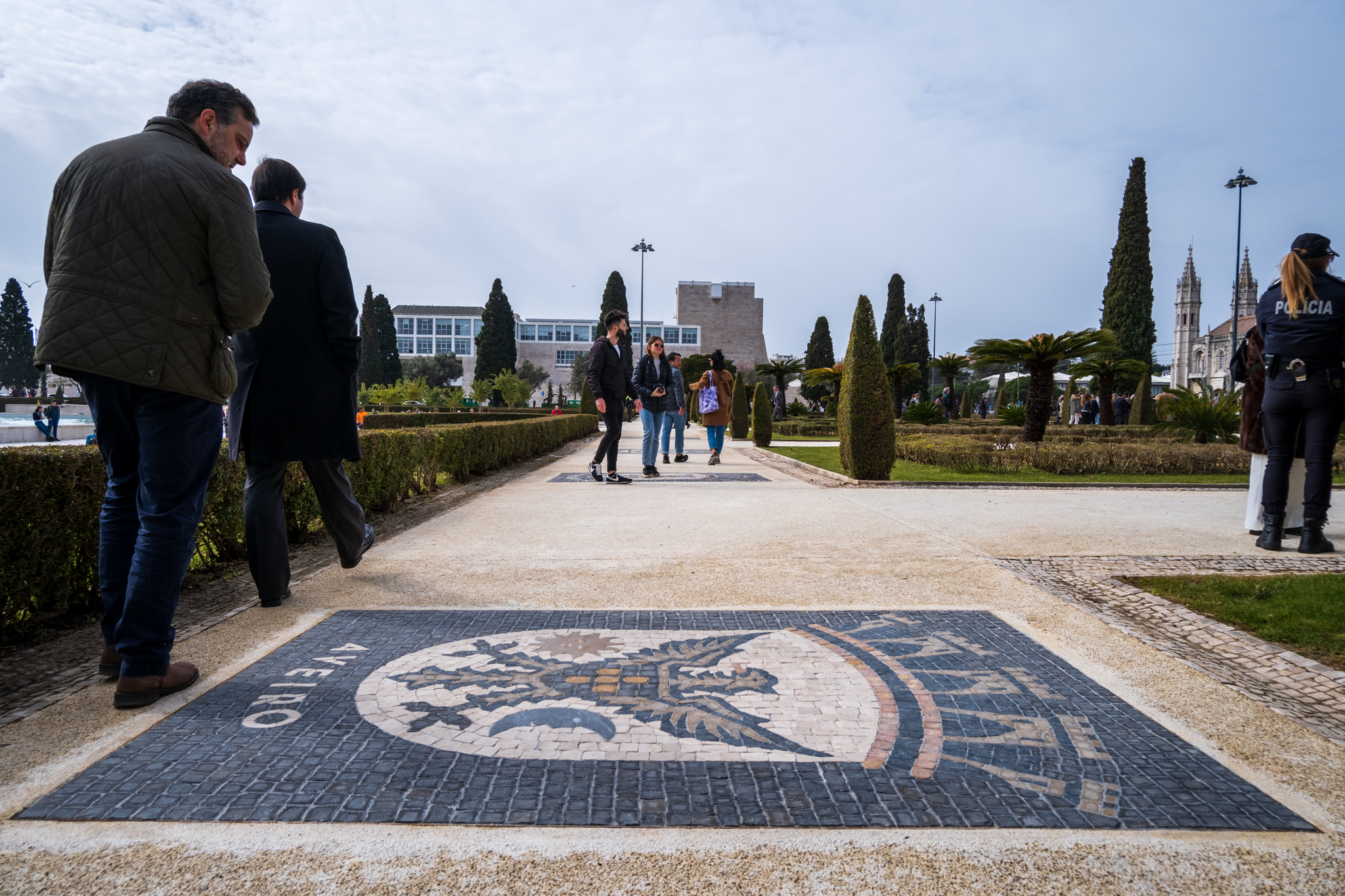
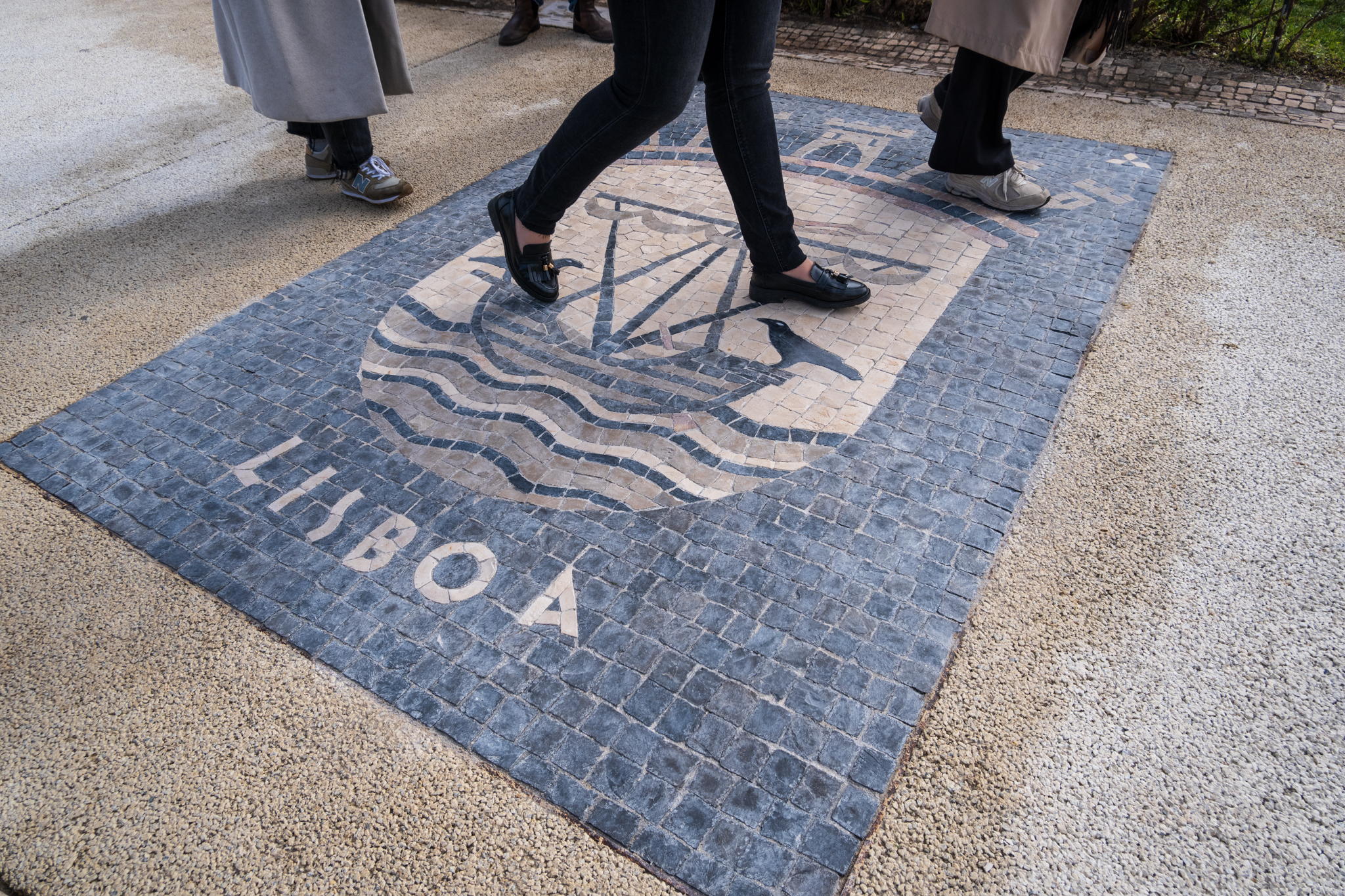
The work now completed also included a increase in permeable green area, with the extension of the Garden to the south - from where a road was removed - and the planting of new trees, which will result in an increase in the shaded areas as soon as these trees grow. The adaptation of the garden to climate change also included aspects such as the optimization of the irrigation system, the introduction of permeable-draining sidewalks and the improvement of the water and energy efficiency of the Monumental Fountain, points out the Lisbon City Council.
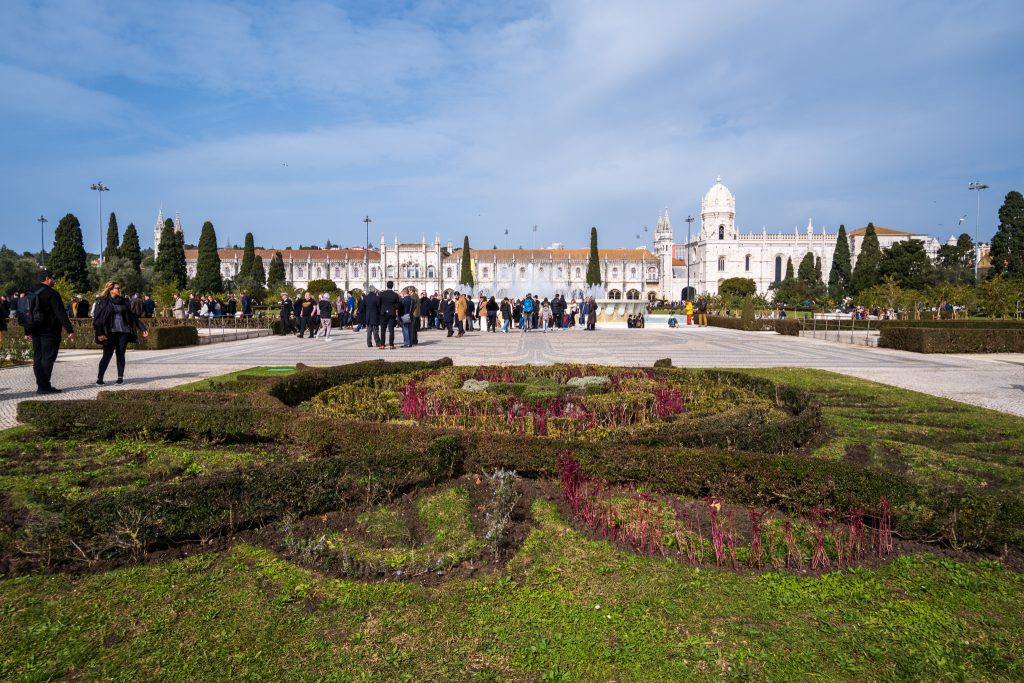
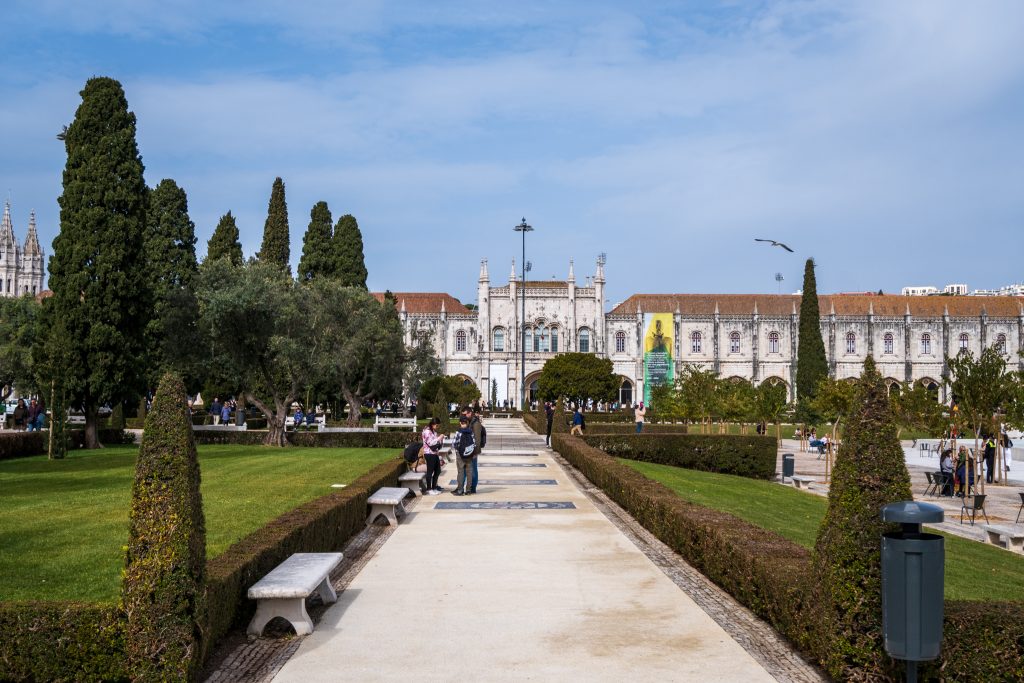
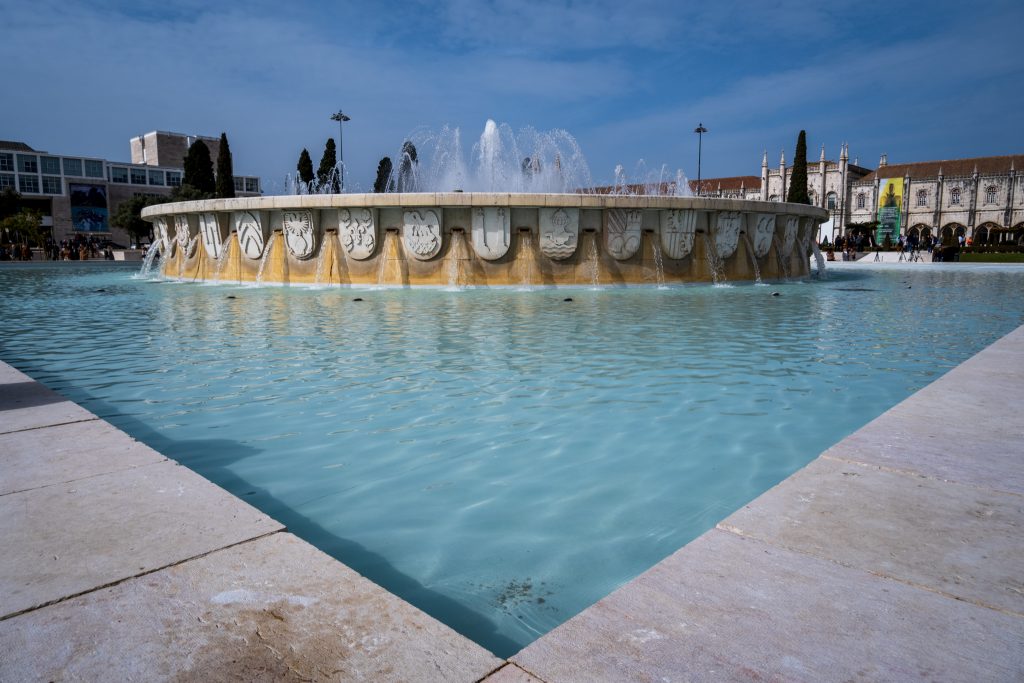
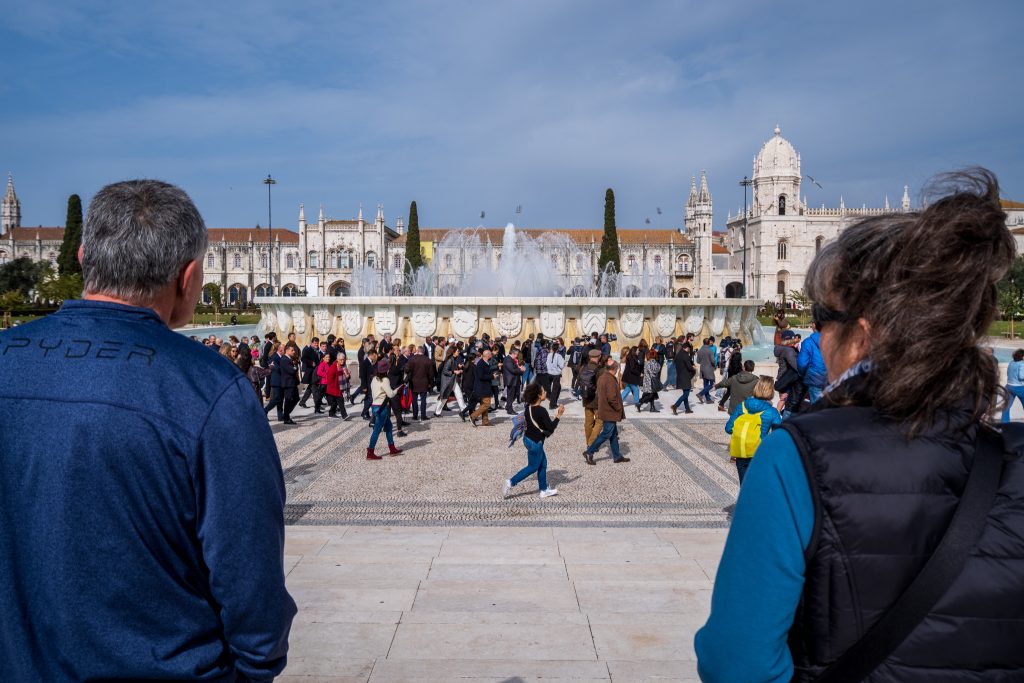
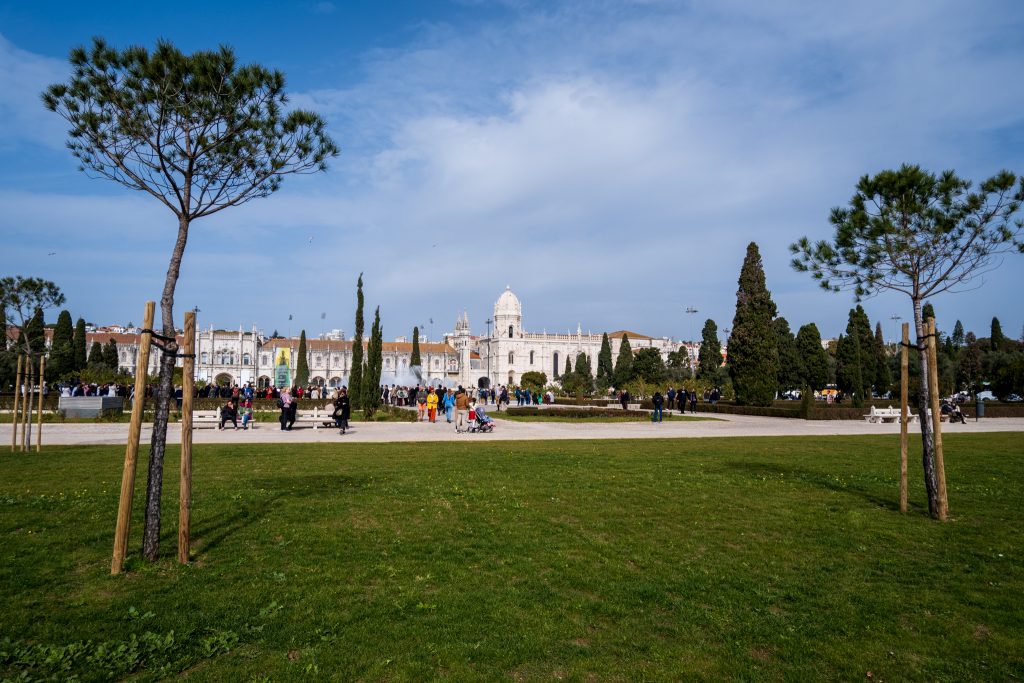
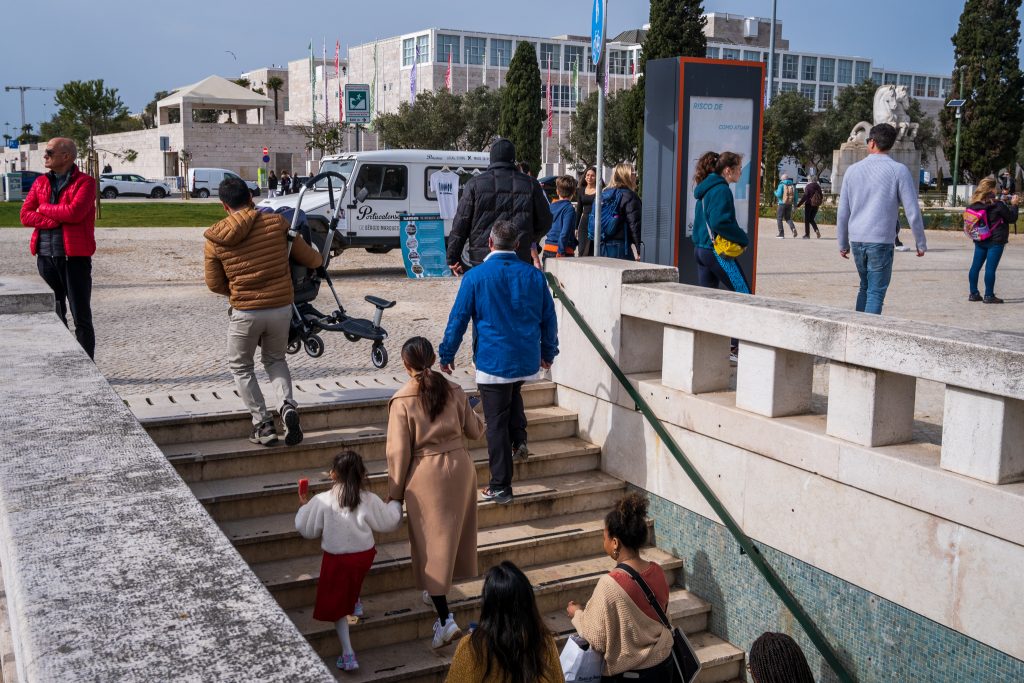
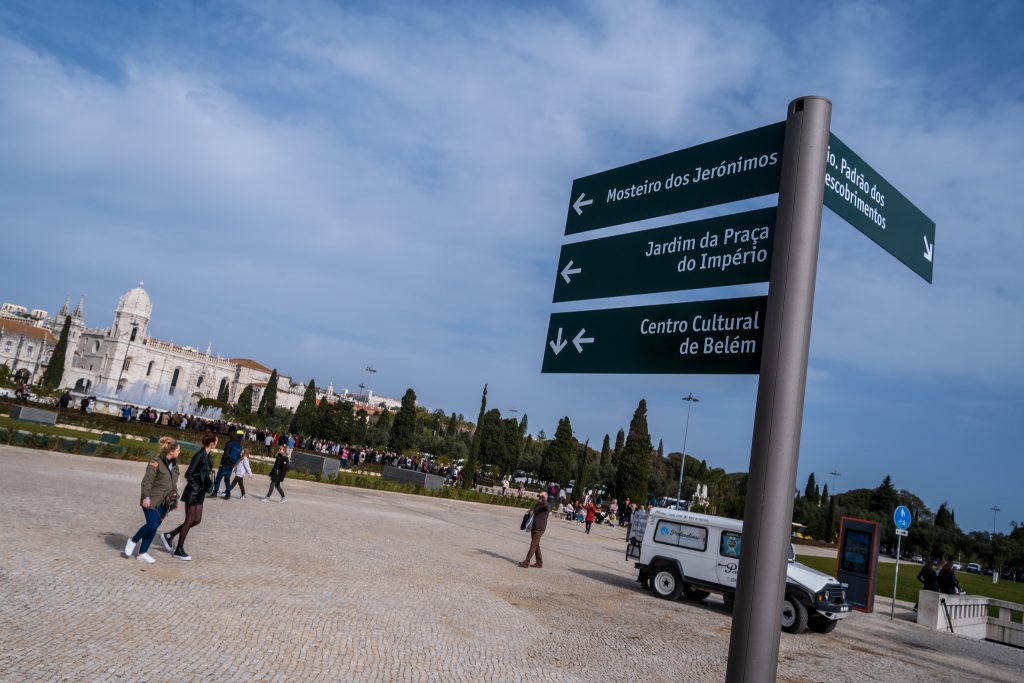
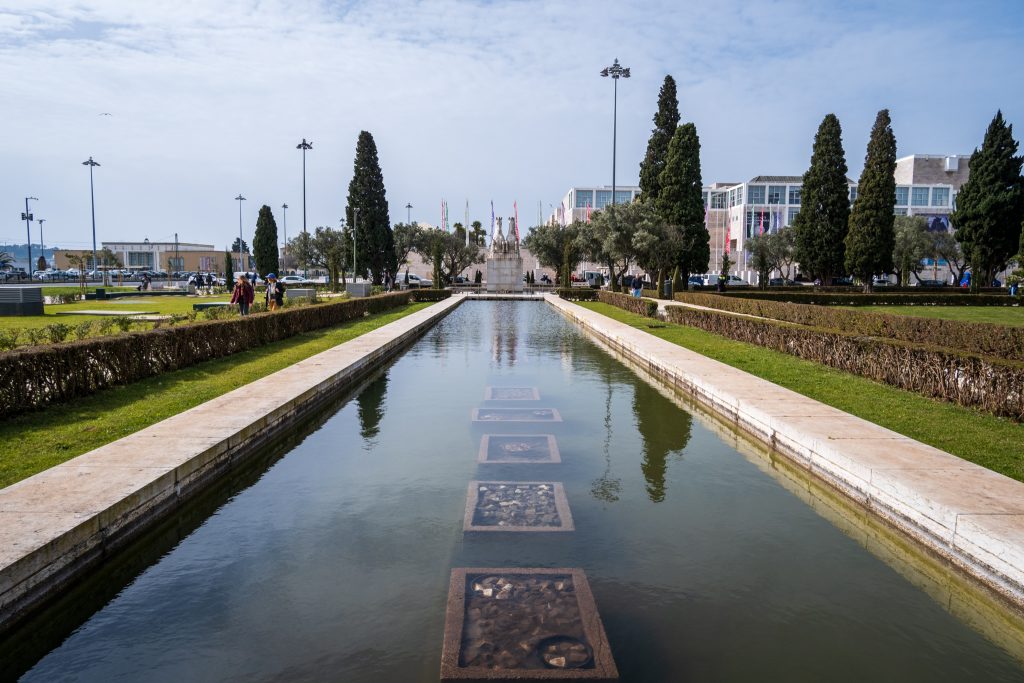
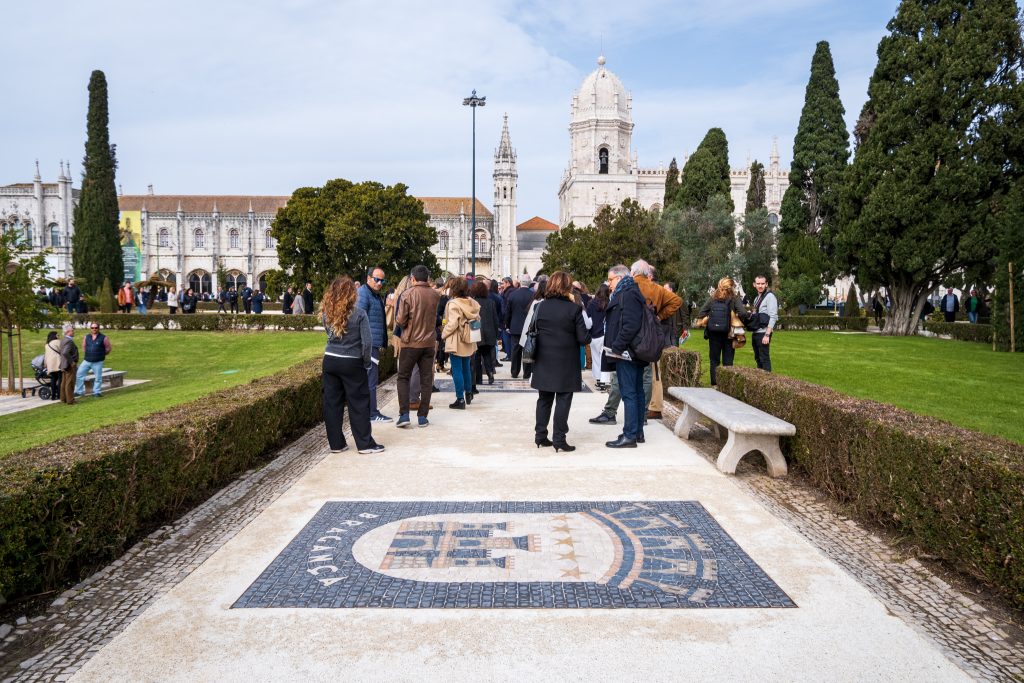
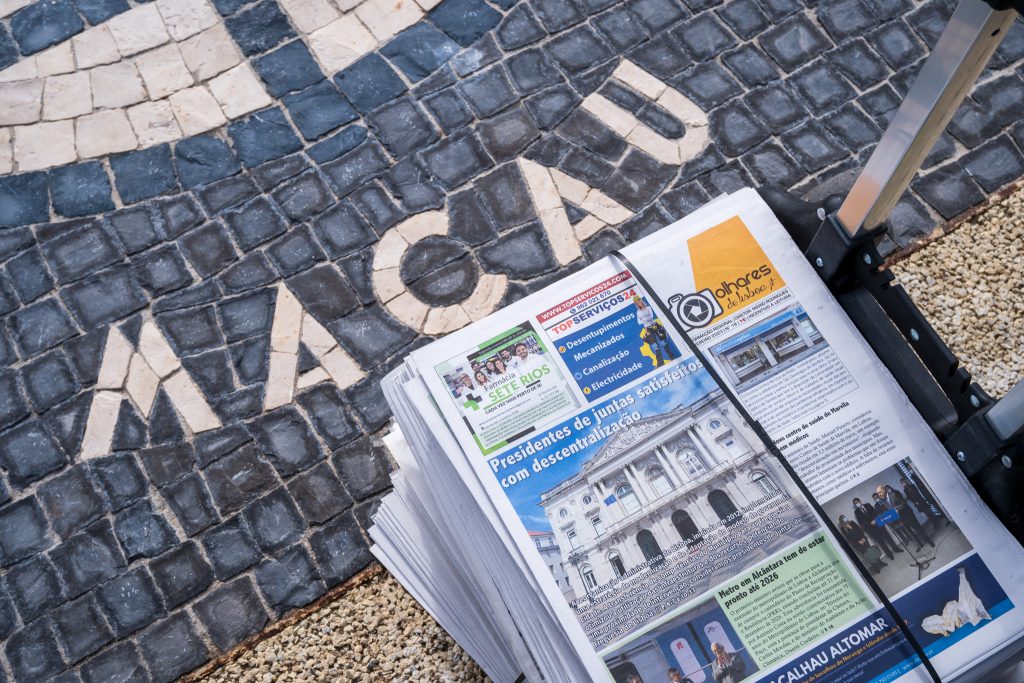
This intervention, developed by the Lisbon City Council, also sought to intensify the relationship with the Jerónimos Monastery. To this end, a "plant garden" was created in the Praça do Império gardenThe garden has been improved with plant species represented in sculpture in the stone of that monument. The relationship with the Monument to the Discoveries was also improved, with the elimination of the road that existed between the Garden and that monument.
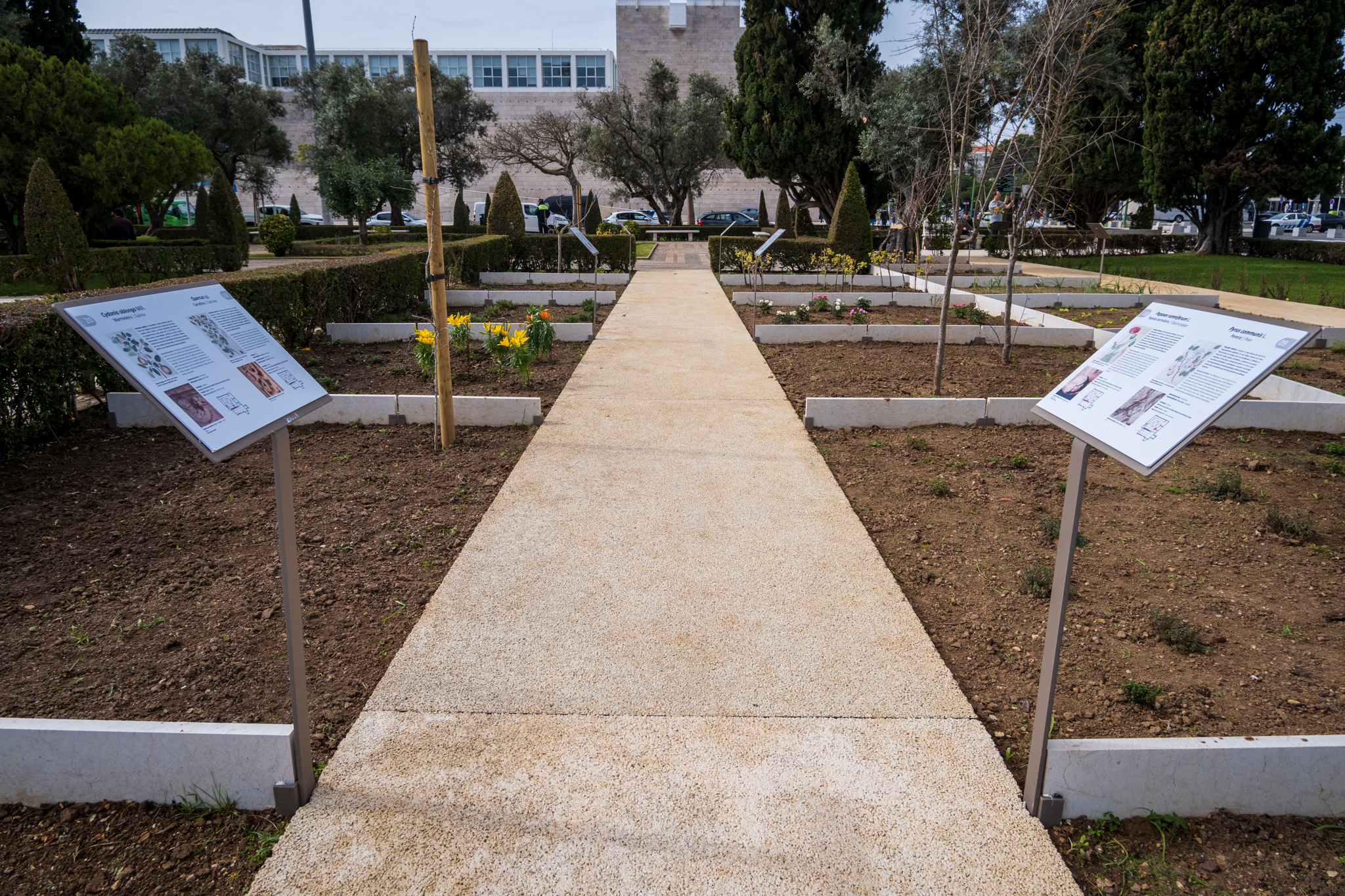
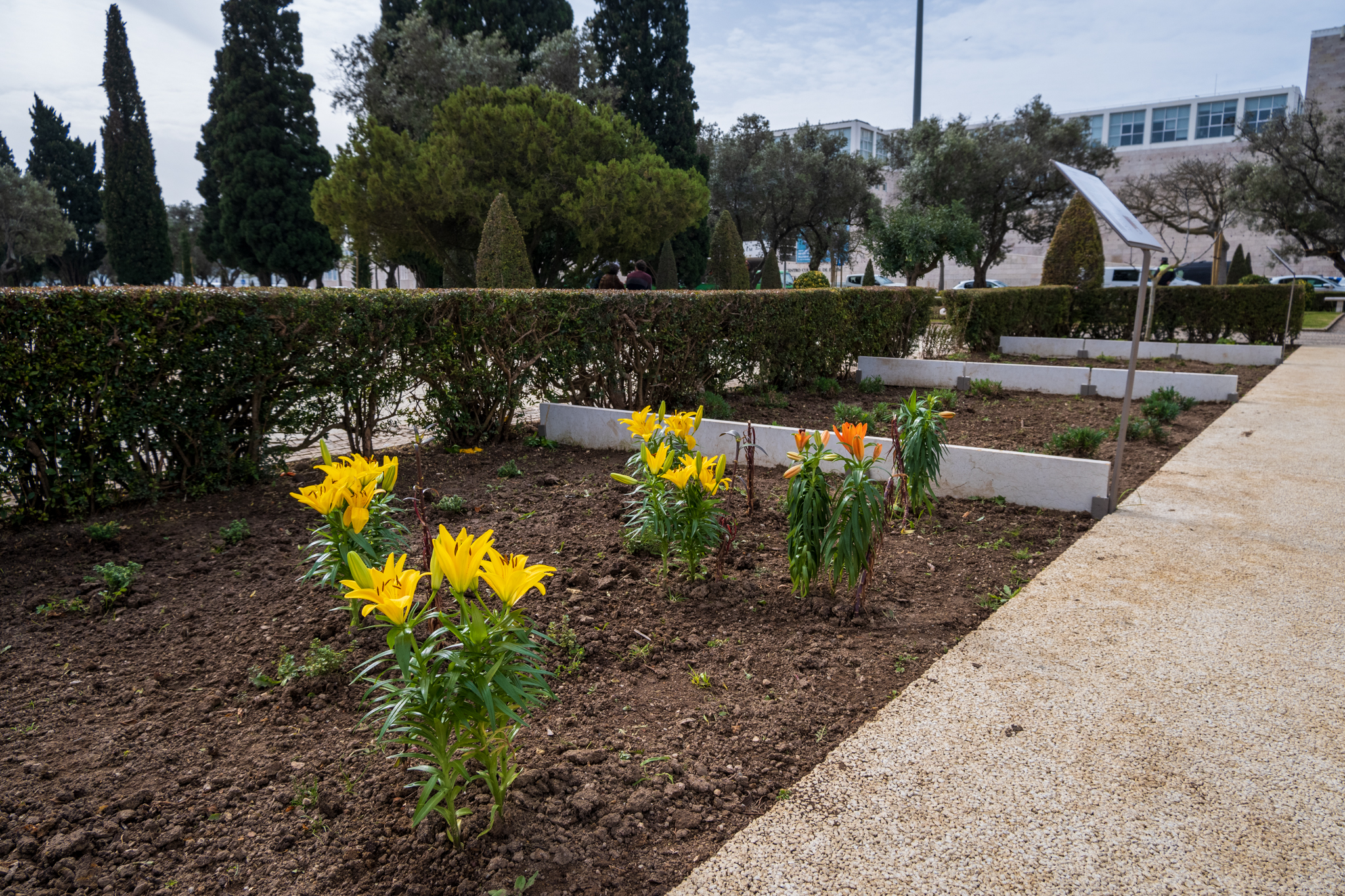
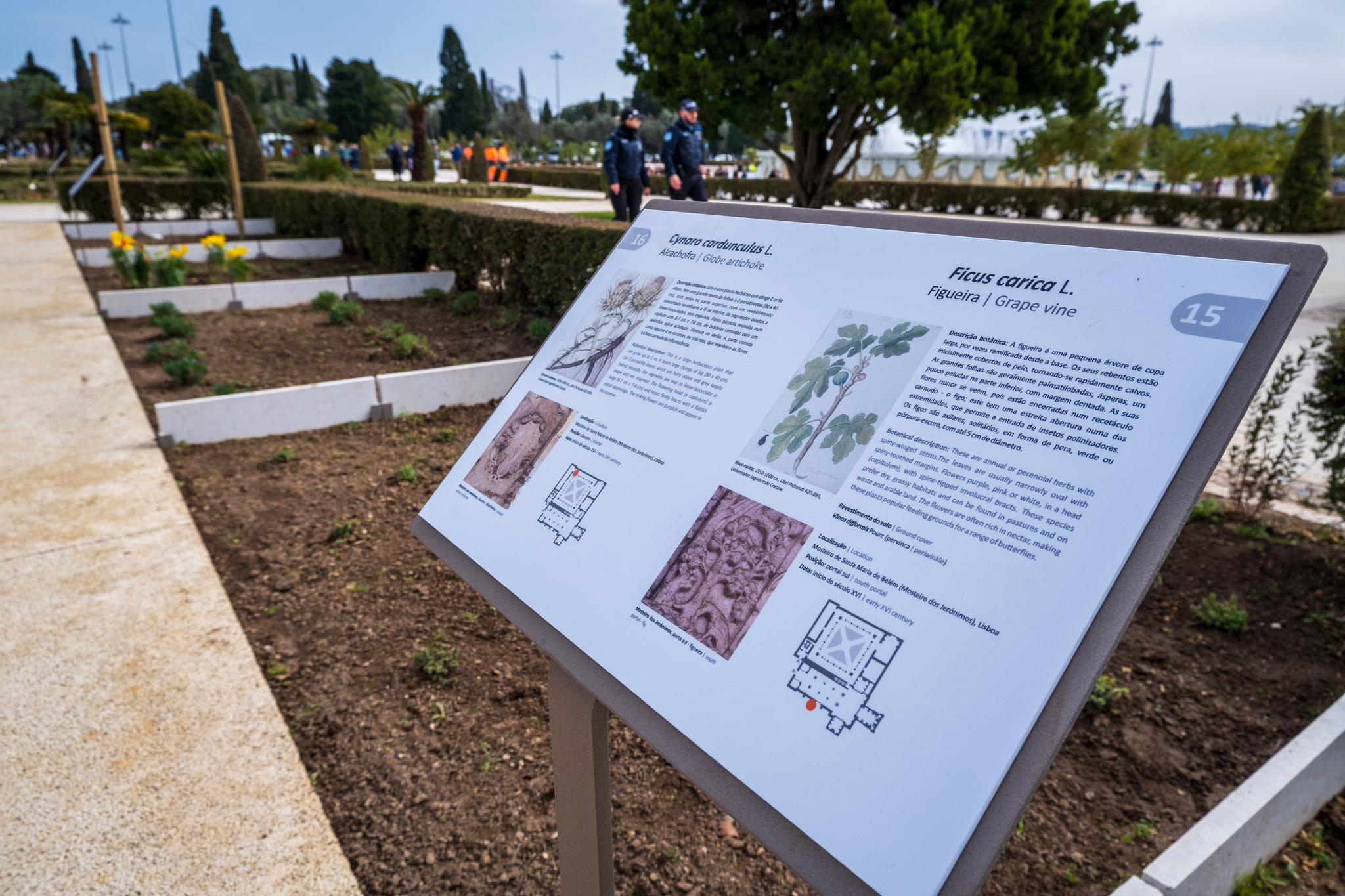
In the near future, the municipality intends that the irrigation of the Praça do Império Garden will be carried out with reused water, through the extension of the Água+ network from the so-called Alcântara Water Factory. It is also planned to upgrade the outdoor lighting network, replacing the current luminaires with LED technology and installing a remote management system.
Otherwise, the Praça do Império is identical to what it was before. It is renovated and ready to welcome visitors again. On the morning of the inauguration, many people occupied this space, mingling with the political rallies - children and young people took advantage of the break from classes and study visits to take selfies with the President of the Republic; several tourists ignored the ceremonies and enjoyed this space that had been closed for two years.
